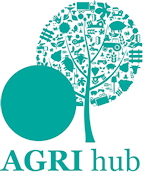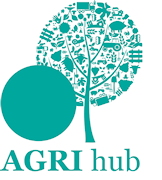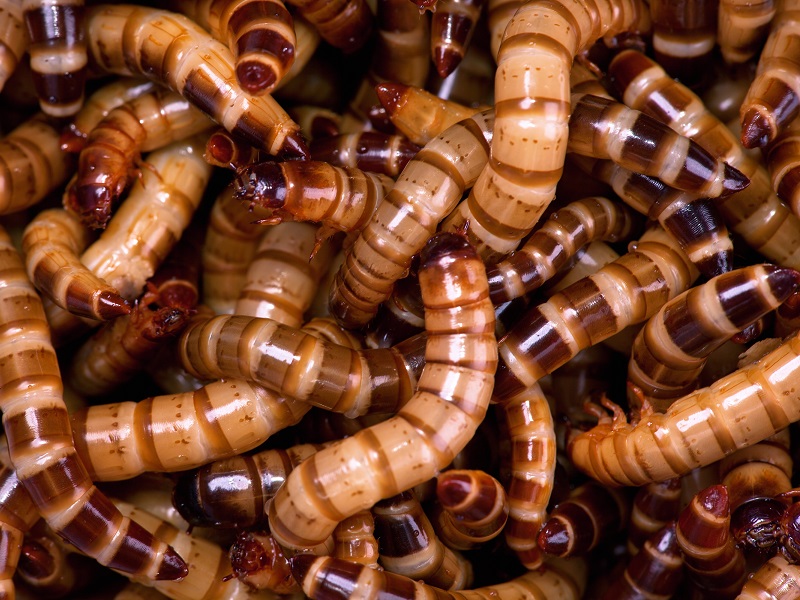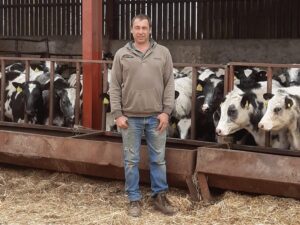Farming mealworms to produce animal feed in the UK could be a sustainable and nutritionally valuable answer to environmentally damaging imports of soya, according to Entec Nutrition.
Packing more protein than steak, mealworms are rich in amino acids, minerals, fats, vitamins and energy, meaning they have the potential to be a valuable feed source to poultry, aquaculture and pets. In addition to this, they can be fed on organic food waste and can be reared using less land and water than their livestock alternatives, making them a more sustainable and environmentally friendly option.
Having started out rearing insects for use in research, Olivia Champion set up Entec Nutrition in 2018 to cultivate mealworms for poultry, pet and aquaculture feed, in turn helping to reduce the reliance on imported soya bean, fishmeal and krill.
The project is currently in the research and development stage, investigating the best conditions for breeding and rearing mealworms, including optimising nutrition and growth rates. The end goal is to create a cost-effective feed source that maximises the desirable traits of mealworms, like short rearing times and increased protein content.
One key target is to supply as much of the mealworms’ diet as possible with industry by-products, and using funding from an Agri-Tech Cornwall grant Entec is refining methods of using brewers spent grains as a substrate to feed insects. Using circular economy principles, this adds value to industry by-products through insect production, providing a new revenue stream for breweries,” says Emma Theobald, business development and research at Entec Nutriton.
A separate grant is funding the company’s research into further optimising mealworms’ diets by looking at nutritional geometry in the form of protein, carbohydrate and lipids. These elements need to be optimised to suit different end markets. For example, aquaculture requires low fats while poultry need more. “If the priority for the buyer is cost, then it will be rearing time we focus on most,” explains Ms Theobald.
The firm is also researching processing of mealworms alongside Campden BRI, which looks specifically into the methods of extracting certain elements like proteins, fats or other compounds.
In addition, the funding has gone towards exploring packaging, shelf life and potential contaminants – aspects that are essential to getting any products to market. “The industry needs to know how to safely store mealworm products and how long they will last,” says Ms Theobald.
So why are mealworms better than other insects like soldier flies? The answer lies in density. “You can’t rear soldier flies as densely because they are flying insects, but mealworms are comfortable in close proximity and can be densely packed in, which means that they can be vertically farmed,” she explains.
“Though products are already with a small number of partners to test, commercial roll out will require development of production facilities which we are focussing on in 2021.”
The next hurdle to cross will be regulatory conditions. At present, EU regulations place serious restrictions on what can be fed to animals that are going into the food chain – which limits what mealworms can be fed. There are also limitations on the form in which mealworms can be fed to other animals like pigs and poultry, explains Ms Theobald. “If insects get approval for poultry feed in the UK, the market would be so undersaturated and demand would far outstrip supply.”





